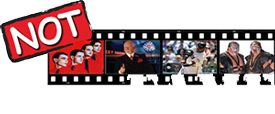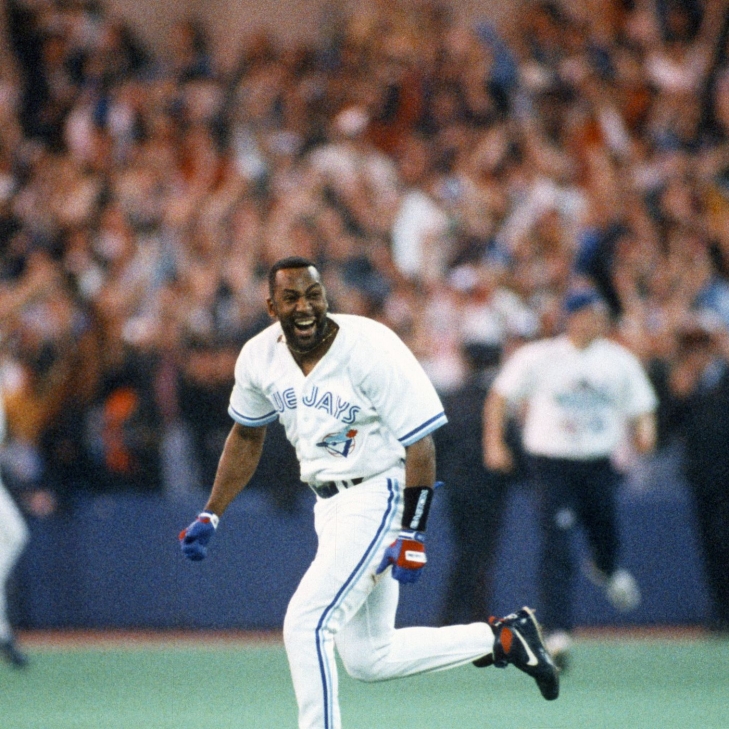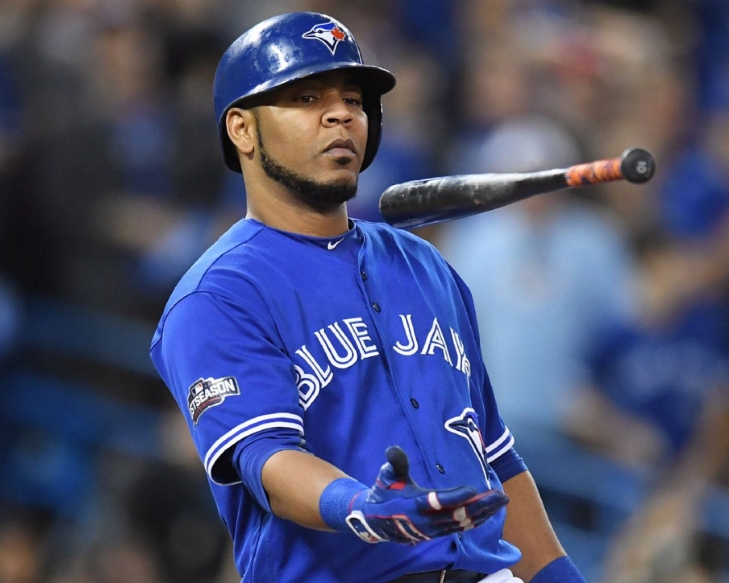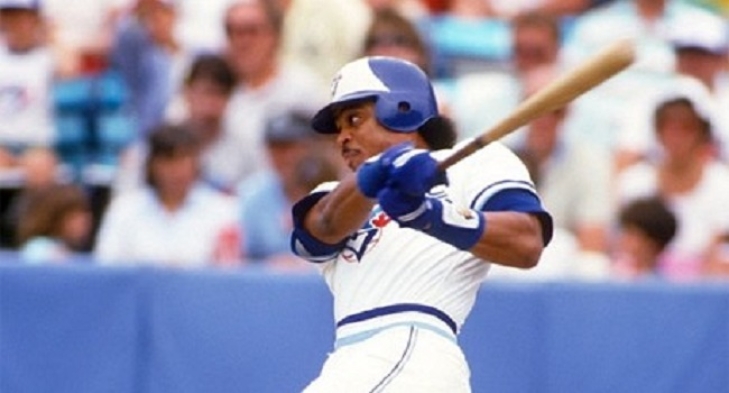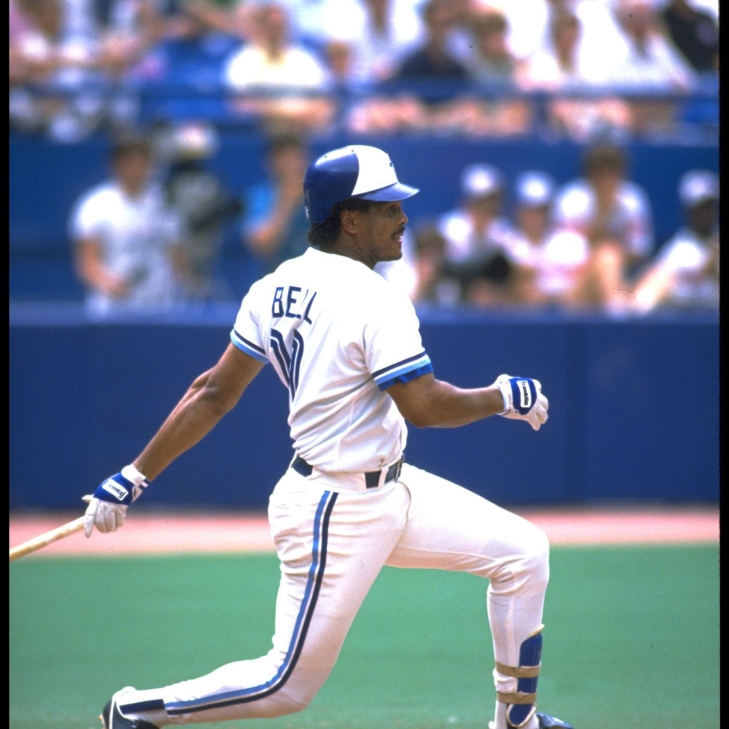
Committee Chairman
15. Joe Carter
The ranking of Joe Carter is complex, and it feels like there is always one player in every Top 50 where this occurs.
Hopefully, we can explain.
Before the 1991 Season, Carter was traded from San Diego for Fred McGriff and Tony Fernandez in a deal that brought over future Hall of Fame Second Baseman Roberto Alomar. Carter brought the Jays power, winning two Silver Sluggers for Toronto and 203 Home Runs over seven seasons with 736 RBIs. The MVP voters were fond of Carter, as his consistent top-ten finishes in Home Runs and RBIs earned him two top-five finishes for the most coveted individual award in Baseball (5th in 1991 and 3rd in 1992).
After helping to propel Toronto to their first World Series in 1992, Carter took them to another Fall Classic in 1993 and blasted the walk-off Series-winning tater in Game 6, which will forever be the biggest Home Run in franchise history.
Carter stayed with Toronto until 1997 when he signed with Baltimore as a Free Agent.
Here is what kept Carter out of the top ten. In no season did he ever walk 50 times, nor have an OBP over .330. Carter’s OPS for Toronto is under .800, which for a cleanup hitter is a little surprising. He was also a terrible defensive player and had a bWAR as a Blue Jay well under ten.
With all the negatives aside, Carter is the most iconic player in Jays history, and it will be a hell of a lot to supplant that.
The Blue Jays named Carter to their Level of Excellence, and he is also enshrined in the Canadian Baseball Hall of Fame.
13. Edwin Encarnacion
Before his mid-2009 trade from Cincinnati, Edwin Encarnacion was a non-descript player with a lot of power but bordering on one-dimensional. This was the player that Toronto wanted when they traded Scott Rolen at the trading deadline, and they would eventually be proven right.
After an inconsistent 2010 Season, Oakland claimed Encarnacion off of waivers but was non-tendered, allowing him to test free agency. The Jays signed him back, and the patience began to pay off.
Encarnacion was never a great fielder, and by mid-2011, he played mainly as a Designated Hitter. He finally broke out in 2012, blasting 42 Home Runs, with 110 RBIs and career-highs in all three Slash Line components (.280/.384/.557). Encarnacion was 11th in MVP voting, and over the next five years, he would at least receive votes for the MVP in four of them.
With Encarnacion in place at DH, he proved he was not a one-season fluke, as he eclipsed 30 Home Runs over the next five years and had at least 98 RBIs in all of them, including a league-leading 127 in 2016. Encarnacion never won the Edgar Martinez Award as the league's top DH, but in the mid-10s, he was among the best and helped Toronto reach the playoffs in 2015 and 2016.
Encarnacion left the Jays for Cleveland as a Free Agent in 2017, and for the team, he batted .268 with 239 Home Runs with 977 Hits.
9. Jesse Barfield
Taken in the Ninth Round of Toronto's first ever Amateur Draft in 1977, Jesse Barfield would first make the Blue Jays in 1981 and was a fixture on the roster the year after, but it was not until the 1985 season that Barfield was a bonafide everyday starter in Rightfield.
Barfield was an excellent fielder and a good power-hitter, and in his previously mentioned '85 Season, he finished seventh in MVP voting, with a 27 Home Run year with 189 Hits. The year after, Barfield went to his only All-Star Game, becoming the first Blue Jay to lead the AL in Home Runs with 40 while finishing fifth in MVP voting. Barfield also won the Silver Slugger and Gold Glove.
Barfield had another good power year in 1987 with 28 Home Runs, and he repeated as a Gold Glove recipient. Barfield had the resume to have won more than two Gold Gloves, as he was a five-time (four with Toronto) league leader in Outfield Assists and was twice the American Outfield leader in Total Zone Runs with two other second-place finishes.
He was traded to the Yankees early in the 1989 Season, and as a Blue Jay, Barfield had 179 Home Runs, 919 Hits, and a Defensive bWAR of 9.5.
10. George Bell
The Philadelphia Phillies first signed George Bell in 1978, but the Blue Jays nabbed him in the Rule 5 Draft, forcing Bell to play his entire season in the Majors, arguably before he was ready. After a season-and-a-half in the Minors, Bell was called up for good to play in Leftfield as Toronto's starter, and he quickly turned heads with his power.
Bell hit 26 Home Runs in his first full year and 28 the year after when the Blue Jays made it to their first postseason. After another year of improvement (1986, 31 HR, 108 RBI, .309), where he was fourth in MVP voting, Bell had his best year in Baseball, and though Toronto had already made the playoffs before, many felt that this was when the Jays had arrived.
In 1987, Bell won the MVP and the Major League Player of the Year when he blasted 47 Home Runs, batted .308, and led the AL in RBIs with 134. He was also an All-Star for the first time that year. It was the first time that any Blue Jay was considered the best Baseball player, and it was huge for a young team outside of the United States. Bell might not have repeated those metrics, but his offense was still solid over the next two years, with a fourth-place finish in MVP voting in 1989.
Bell went to his second All-Star in 1990, but his inconsistency and temperament began to distance him from the fans, and he left for the Cubs at the season's end.
As a Blue Jay, Bell smacked 202 Home Runs and had 740 RBIs with a .286 Batting Average, and was later inducted into the Canadian Baseball Hall of Fame. Bell is also a member of the Blue Jays Level of Excellence.
